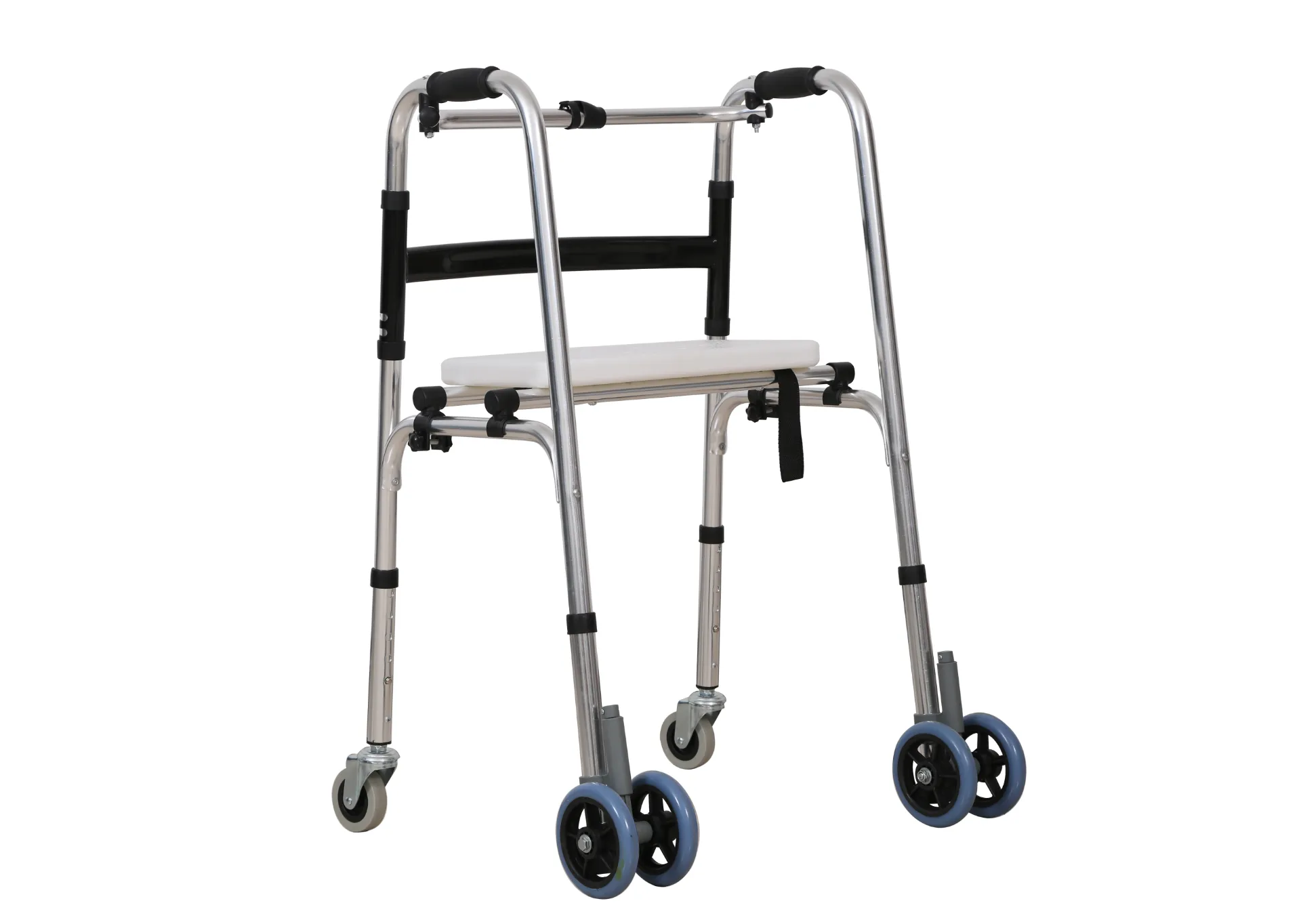Welcome to our websites!
Essential Equipment for Improving Balance in Physical Therapy Sessions
Enhancing Balance Through Physical Therapy Equipment
Balance is a fundamental aspect of physical health, playing a crucial role in our ability to perform daily activities. It becomes especially important as we age, when the risk of falls increases significantly. Fortunately, physical therapy offers a variety of therapeutic interventions that can enhance balance and stability. One key component of these interventions is the use of specialized balance equipment.
Types of Balance Equipment
Physical therapists utilize various tools to assess and improve balance
. Some of the most commonly used equipment includes1. Balance Boards These devices help improve stability by challenging the user to maintain their center of gravity. Patients stand on a flat board that can tilt in various directions, engaging core muscles and enhancing proprioception.
2. BOSU Balls This half-dome shaped ball is effective for dynamic balance training. Patients can perform different exercises, such as squats or lunges, which force the body to stabilize itself on an unstable surface.
3. Balance Cushions These inflatable discs provide an unstable surface that can be used while standing or sitting. They are often incorporated into exercises aimed at improving core stability and lower body strength.
4. Therapy Balls Large inflatable balls can be used for a variety of exercises that promote balance and coordination. Sitting on or moving with a therapy ball engages core muscles, which are crucial for maintaining balance.
physical therapy balance equipment

5. Wobble Boards Similar to balance boards, wobble boards are designed to tilt in multiple directions. They are commonly used in rehabilitation programs to strengthen the muscles around the ankles and improve overall stability.
6. Slacklines This piece of equipment, resembling a tightrope, challenges an individual’s balance and coordination. Walking or practicing tricks on a slackline engages the core and promotes agility, making it a fun and effective way to improve stability.
Benefits of Using Balance Equipment
Incorporating balance equipment into a physical therapy regimen offers numerous benefits. Firstly, it helps to enhance muscle strength, particularly in the core and lower body, which are vital for maintaining balance. Improved muscle strength translates to better control over body movements, ultimately reducing the risk of falls.
Secondly, these tools provide a safe environment for individuals to practice balance techniques. For those recovering from injury or surgery, balance equipment allows therapists to tailor exercises that promote recovery while limiting strain on vulnerable areas. Furthermore, the use of balance equipment can boost confidence. As patients see improvements in their ability to maintain balance, their self-assurance grows, encouraging them to engage in more physical activities.
Conclusion
Balance is an integral part of maintaining an active and healthy lifestyle. With the help of specialized balance equipment, physical therapists can significantly enhance an individual’s stability and strength, resulting in improved quality of life. Whether you are recovering from an injury, managing a chronic condition, or simply looking to stay active, incorporating balance training into your routine is essential. The array of balance equipment available provides the tools necessary to make progress toward your therapeutic goals. Embracing balance training not only aids in recovery but also empowers individuals to lead more confident and independent lives.
-
Transforming Healthcare with Hospital FurnitureNewsJun.24,2025
-
Rehabilitation EquipmentNewsJun.24,2025
-
Mobility and Independence with WheelchairsNewsJun.24,2025
-
Freedom of Mobility with Our Rollator WalkersNewsJun.24,2025
-
Comfort and Independence with Commode ChairsNewsJun.24,2025
-
Bathing Safety and Independence with Shower ChairsNewsJun.24,2025
-
Navigating the Wholesale Landscape of Electric Mobility Solutions: Key Considerations for Power Wheelchair DealersNewsJun.10,2025











